As I drove through the forest-covered mountains, it occurred to me that the road had steadily shrunk to the width of my car. This doesn’t feel right, I thought. Google Maps seemed to think that the best way to Ronchi di Cialla was to follow this route as it threaded over and under the Italian-Slovenian border like a drunk sewing needle. It then appeared to switchback for another 45 minutes over the densely-wooded mountain above me through a town called Oborza. Saying that out loud — ohh-BOHR-tzuh — made me laugh and decide to pull over before I totally lost cell service. To, in short, abort-zuh.
I soon saw my mistake — I had missed a turn five minutes earlier. So I gritted my teeth and made a blind four-point turn on that cart path in the woods, and pointed my rental car back the way I came. I was headed to the winery that saved the lost grape Schioppettino, and in the process, got lost myself.
Surely I’ll be late now. It was a Sunday afternoon, and I didn’t take lightly that Ivan Rapuzzi — Ronchi di Cialla’s viticulturalist — had agreed to meet with me on a day of rest and family time that most Italians take seriously. Fifteen minutes later, I found the Rapuzzi family’s hilltop home and pulled into the parking space, where Ivan greeted me with a kind smile.
“I am sorry I am late,” I told him as I grabbed my camera bag from the back seat. He checked his watch. It was 2:05pm.
“By five minutes? This is Italy. You are not late,” he laughed.
The Grape Savior Story to End All Grape Savior Stories
The grape they saved really is a singular talent. Schioppettino has its own dialect and a unique emotional spectrum.
Italy is peppered with tales of forgotten grapes that have been brought back from the brink of extinction. Their saviors are usually local vignaioli, who — through either stubbornness or remarkable foresight, or a bit of both — refuse to let the vines fade away. Years later, their devotion is rewarded in very specific ways. Their grape might finally be acknowledged by local authorities. They might get DOC or even DOCG status for the wines made from that grape, meaning a localized name for the product that is sanctioned by law. They might get a small but devoted following abroad, and then be lauded by sommeliers table-side, their story told in places like Tokyo, Copenhagen or Austin, Texas. And they might get the coveted, unofficial title of “cult wine” assigned to their work by the wine media.
By and large, the Salvaged Grape is a story that sells, even if the details are sometimes glorified, or if the producer’s role in its deliverance is disproportionately attributed. (After all, salvation is often a community effort).
But in the case of la famiglia Rapuzzi, there is no doubt they did something remarkable. In fact, they may have the Grape Savior Story to end all Grape Savior Stories.
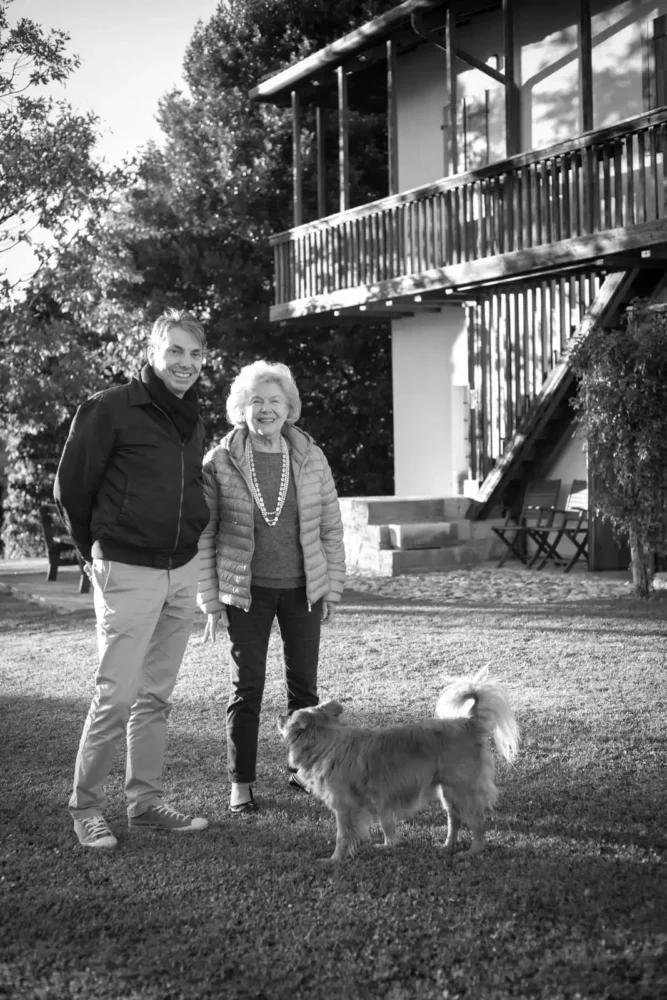
For one, the grape they saved really is a singular talent. Schioppettino has its own dialect and a unique emotional spectrum. The aromas might recall Northern Rhône Syrah, a peppery Chinon or alpine Nebbiolo; the acidity and tannins might make you think of Burgundian Pinot Noir; but the sum of its parts come across like spilled secrets from a hidden forest. What is this fruit? What are these spices? And given its endurance over decades of cellaring — a feat that many light-bodied wines fail to achieve — it is a small wonder that these secrets still feel novel, even to the wine obsessed who have been devoted to Schioppettino for years.
However, in the 1960s, Schioppettino was believed to be gone — wiped out by phylloxera and replaced by Merlot and Cabernet Sauvignon out of necessity.
“In 1970, my father and mother — with the help of the mayor of Prepotto municipality — went around to all the historic areas of Schioppettino and they found 60 surviving plants. One here, one there,” Ivan Rapuzzi told me. From those plants, they propagated a single vineyard in Cialla which is easily among the most beautiful I’ve ever seen [pictured at top]. Today, all of the world’s Schioppettino vines — mostly in Friuli, but also select places like in California — can trace their lineage to this one vineyard.
If that was the extent of the family’s toil, we’d have a pretty good story. But they actually had a major problem to overcome. Because the grape was seen as non-existent, it was not recognized by law. Without recognition, it could not be bottled as Schioppettino wine. Furthermore, it was outright illegal to even plant it (I know: how could it be illegal if it didn’t exist?). Given the times, there was not a lot of appetite to overturn the law for a few straggling plants whose fruit did not yield a wine of high alcohol.
It took six years for the Rapuzzis and community members of Prepotto to successfully lobby for an amendment to local wine law, and by 1977, the first Schioppettino was released by Ronchi di Cialla. Incredibly, within two years the tune on Schioppettino had changed so much that the grape was actually recommended by authorities as an ideal red grape for new plantings in the Udine province. As far as turnarounds go, it was like being down 3-0 in the World Series and winning the next four.
Today, Ivan and his brother Pieropaolo (the enologist) carry their parent’s flag for Schioppettino and so do dozens of other wineries in Friuli. In fact, it is hard to see any other red grape as more characteristic of Friuli than Schioppettino.
I Am Schioppettino. I Speak for the Trees.
The grape (which is also known as Ribolla Nera or, in Slovenia, Pocalza) has a pedigree dating back to the Middle Ages. For a time, it was thought to be a red variation of Ribolla Gialla — thus, the alternative name — but DNA studies debunked that theory. In fact, as Rapuzzi noted to me as we walked though the vineyard, it seems now that Schioppettino does not have any close relatives.
“Schioppettino is an extremely rich and complex wine but without weight — with an unbelievable lightness.”
Ivan Rapuzzi
Ronchi di Cialla
“Schioppettino is an extremely rich and complex wine but without weight — with an unbelievable lightness,” Rapuzzi told me, noting that this was his description of Schioppettino di Cialla, the wines coming from his tiny, secluded valley. Its terroir sensitivity means that other Friulian Schioppettino can have very different expressions. (The Rapuzzi’s Ronchi di Cialla is the only major winery in the Cialla Valley).
More generally speaking, it is a spicy wine known to have a peppery nose, but its profile goes well beyond that. The tannins are ever-present but never hostile, taking on a smooth but firm grip. And austerity? Schioppettino doesn’t know the term. These wines may be complex and age-worthy, but they are generous from the get-go with their beautiful flavors. It is a wine that would rather not be aloof.
“Schioppettino also has a lot of sotto bosco,” Rapuzzi said, which means literally “under forest,” and is suggestive of such earthy qualities as autumn leaves after the rain, freshly tilled soil, or even sharp mushroom aromas. When you step outside the winery at Ronchi di Cialla, and sense the closeness of the forest and the stillness of the valley’s silence, you not only sense how Schioppettino di Cialla is a reflection of its surroundings — you can see why such a wine has an emotional pull for the Rapuzzi family. It is a product of place … a grape variety to defend with all of one’s heart.
“Somebody asked me some days ago, what is the market for Schioppettino?” Ivan Rapuzzi recalled. “And I said, ‘there doesn’t exist a market for Schioppettino. But there exists clients for Schioppettino.’ And those clients are people that love wine, that want to try something different — something that has the soul of terroir. The person who orders the most expensive wine on the wine list? This is not the client for Schioppettino.”
The Wildness of Cialla
What has molded this unusual grape is a microclimate on the fringes of possibility.
As we looked out to the southwest over the vines, Ivan Rapuzzi pointed toward the Adriatic Sea. “Over 50 kilometers, you go from seaside to 3,000 meters, and this is extremely significant,” he said. “Because we have both of those influences. You taste the ripeness and richness from the Mediterranean [climate] but the freshness and lightness from the Alps.”
This was a point that sommelier and winemaker Mitja Sirk had made to me about Friulian wines in general — they reflect the tension of opposing systems in the atmosphere. But in the Cialla Valley, things gets even more specific.
Unlike other valleys in the vicinity — including the nearby Prepotto Valley, the other main habitat for Schioppettino — Cialla runs east-west, and this not only makes it more open to cold alpine influences, it also seems to trap more moisture from the passing clouds. An average of 79 inches of rain falls each year, almost twice the amount of Cormons in the heart of the Collio DOC just 12 miles away.
These two elements of terroir would make Cialla too hostile to vitis vinifera if it weren’t for one thing: the wind. An often overlooked element of terroir, the frequent wind dries the vines and ripening grape clusters just enough to give the Rapuzzis a crop each year. During our tasting, Ivan even referred to the Schioppettino di Cialla as a vino del vento — a wine of the wind. And this makes sense on the palate: it carries a briskness to its fruit that a seasoned taster would know is impossible in a muggy climate.
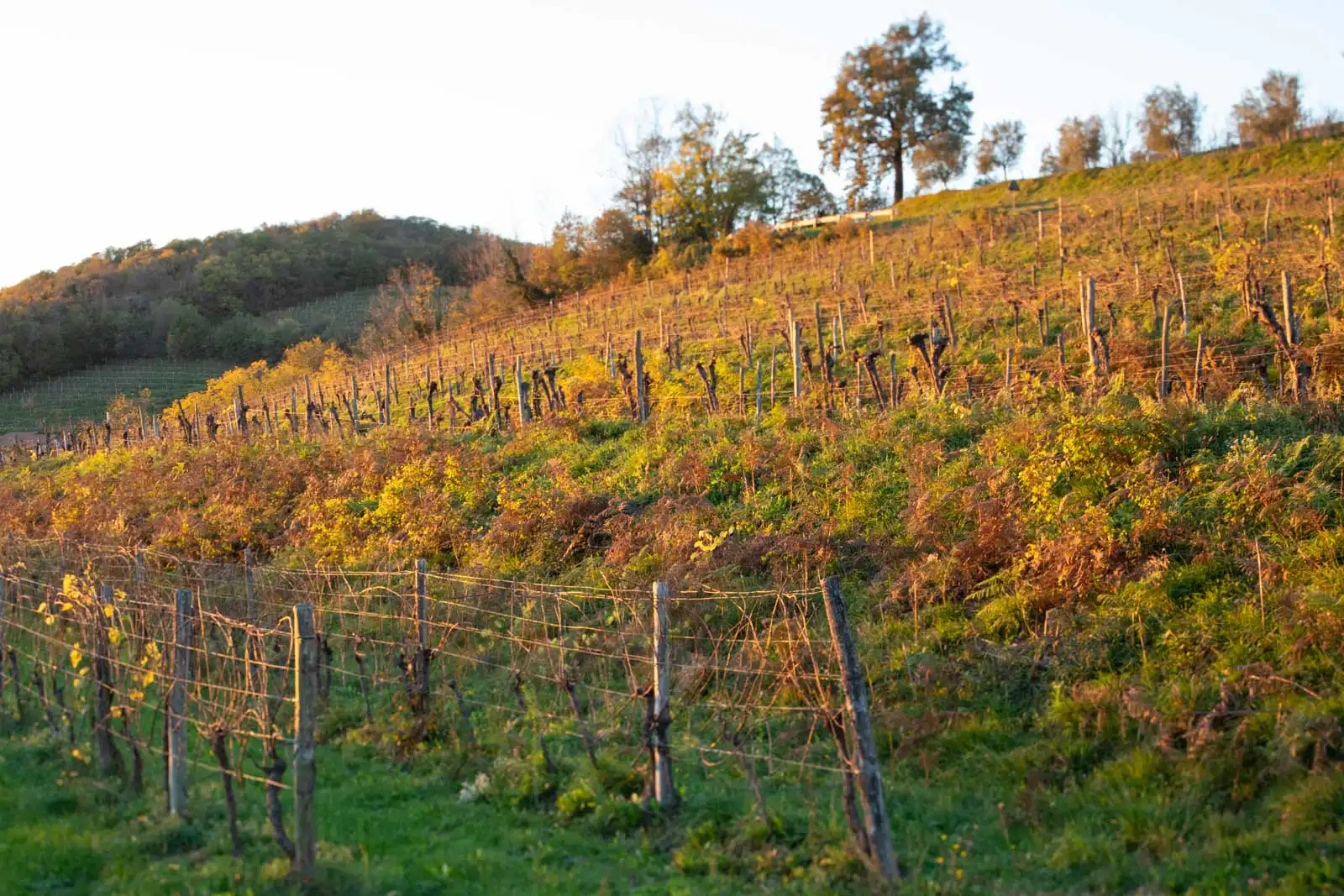
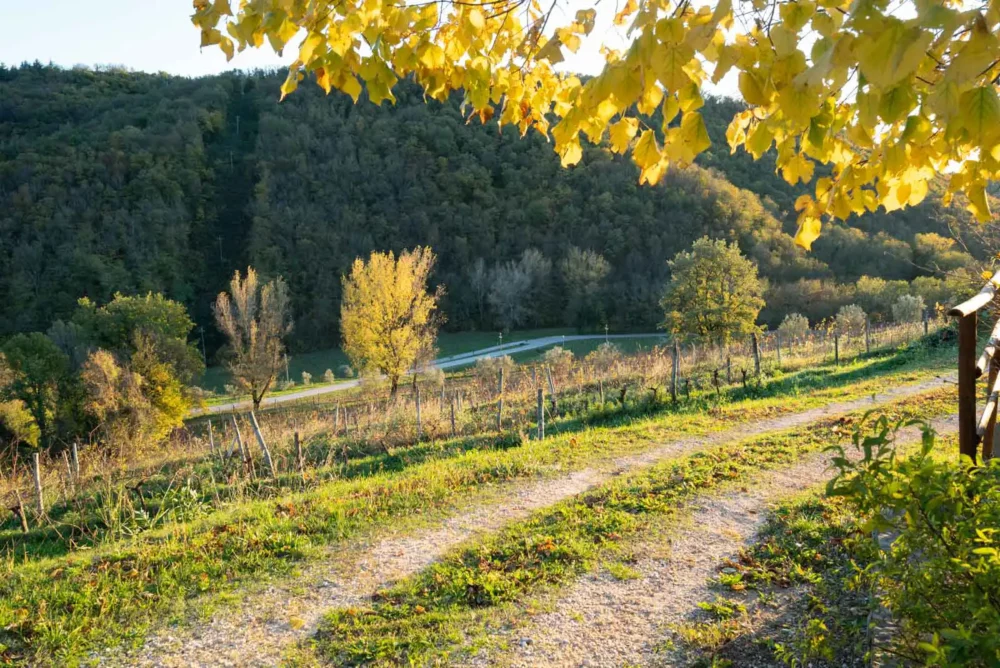
But over the last 20 vintages, Cialla’s weather has become less marginal, and the work has become easier. Increasing temperatures means that ripening is no longer the struggle it once was, Rapuzzi admits. However, the nights stay cool, thanks to the preserved forests of Cialla, which act as an enormous shield against the worst effects of climate change. They harbor cool air during the day and release it over the vineyards at night, which helps maintain freshness in the flavor profile of the grape.
“Ninety-five percent of the land [in Cialla] is forest and meadows, with 5% given to agriculture,” said Rapuzzi. “We cannot change the morphology of this area.”
If you need evidence that the Rapuzzi family is serious about preserving biodiversity, you could look to their certification as a Biodiversity Friend, a rigorous but voluntary third-party certification that helps inform their land-management decisions.
Or you could take a stroll up the stairs to the attic, where Ivan and Pierpaolo preside over one of the world’s largest collections of ground beetles.
Carabus in the Coal Mine
“Without biodiversity wine doesn’t exist. Viticulture doesn’t exist, agriculture doesn’t exist. And Homo sapiens wouldn’t exist.”
Ivan Rapuzzi
Viticulturalist & Entymologist
“Insects are my passion,” he said as he lead me upstairs. “Also wine is my passion, but wine is also my job,” he laughed.
Inside the small study, the air was tinged with the aroma of camphor to preserve thousands upon thousands of intact ground beetle specimens, which were arrayed and pinned on white trays where they can be examined and compared. There were so many of these trays that the Rapuzzi brothers seemed to be running out of room for them.
Ground beetles (Carabidae) are just one of many families in the beetle order (Coleoptera), which is far and away the largest and most diverse order of animals in the world, with nearly 400,000 species described. In addition to finding and collecting these insects, the Rapuzzi brothers have also conducted numerous etymological studies and written several scientific papers on the subject matter, all to better understand the ground beetle’s world, their benefits to ecosystems and how to better protect them. Over the course of this parallel career, they have discovered and described more than 100 new ground beetle species, some of whom now carry his family name, such as Carabus rapuzzi.
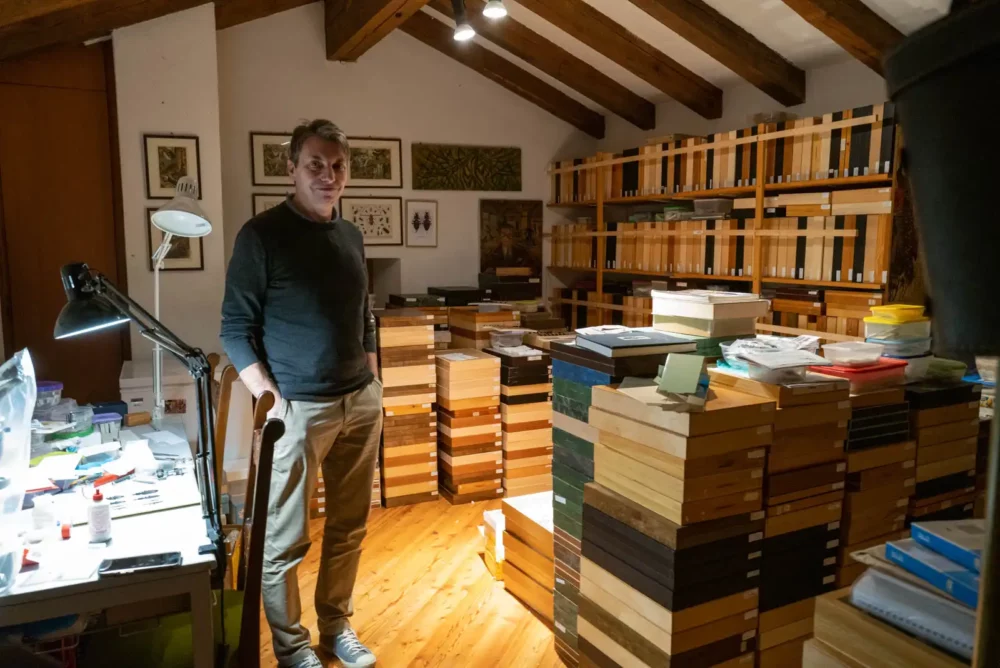
“I was born in Cialla and my father is passionate about natural history. But when I was a child, me and my brother …” Rapuzzi started to laugh. “Well, we had to do something during the day, you know? So we would go around and explore, and our father would encourage us to study and better understand our surroundings.”
They soon discovered the natural richness of the Cialla Valley. Its forests are teeming with insect life, which encourages a food chain friendly to birds, bats and other species. According to Rapuzzi, there are four endangered species of insect that live in the Cialla Valley, a fact that influences his vineyard management techniques, particularly the timing of cutting back grass in the vine rows.
“In the summer, if you cut the grasses when the insects are as larva, you kill everything. So it is better to wait,” he had told me earlier when we strolled amidst the vines. His passion is frequently on display on Ronchi di Cialla’s Instagram feed, where Ivan often shares his knowledge in small video lessons (mostly conducted in Italian).
And why did they settle on ground beetles as a specialty?
“It is simple. In this area, they are very well represented. It was funny to even call it ‘studying.’ But then I explored the adjacent area [for ground beetles]. And then. And then. And then,” he laughed, as he looped his arm around to show his travels going further afield.
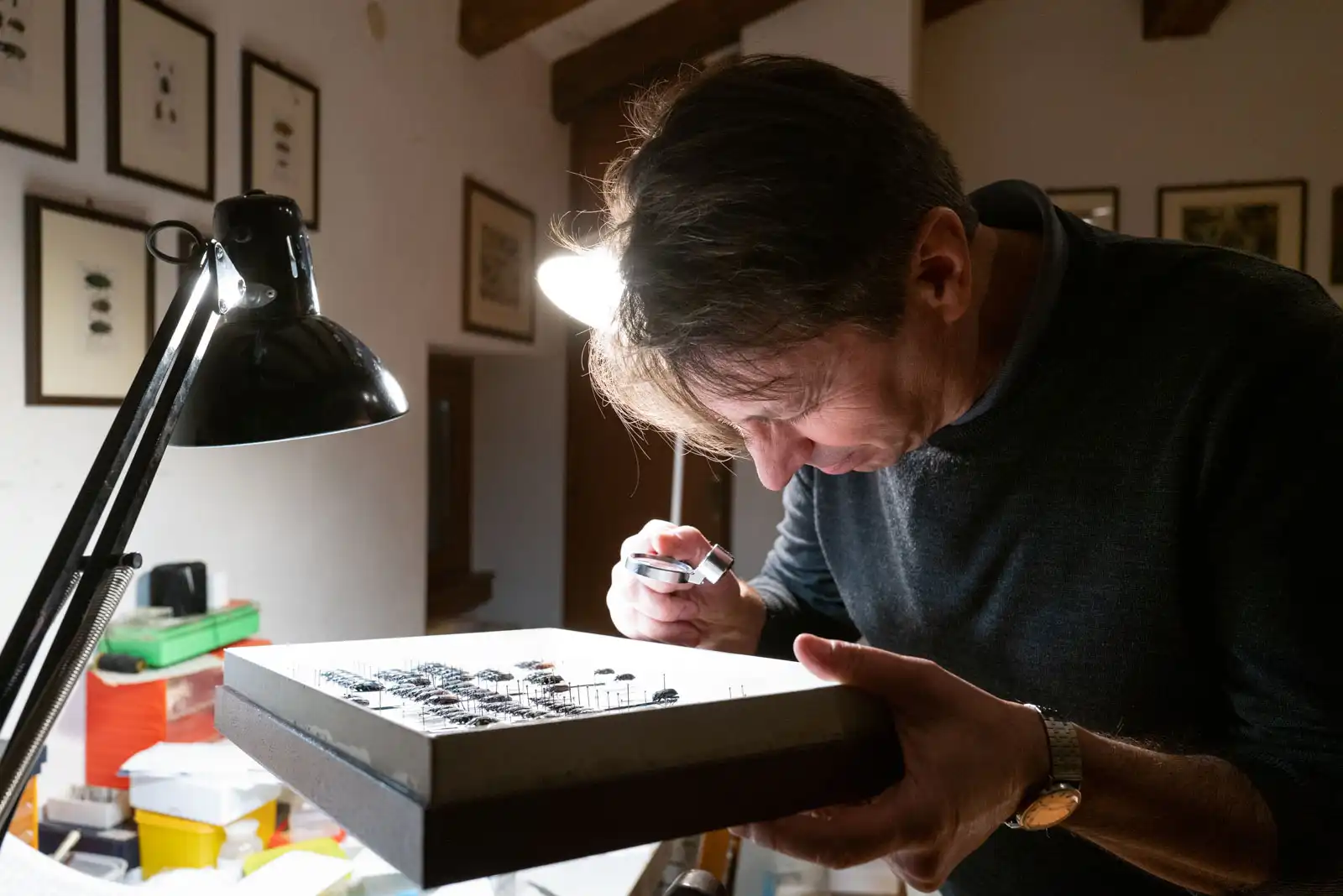
He showed me specimens he had collected from Tibet, including some that inhabit an ecosystem above 4,000 meters (13,000 feet) in altitude. When I mention my Colorado home, he promptly found a ground beetle specimen collected in the area of Colorado’s Berthoud Pass (elevation 11,300 feet).
“We work with biodiversity because we know what biodiversity is and what it means.” He sees the importance of this, and the role of climate change on reducing biodiversity, in the behavior of insects: populations of delicate species are dwindling, while populations of aggressive species are exploding.
One place that demonstrates this well is Berthoud Pass in Colorado, where the voracious mountain pine beetle — an aggressive weevil-like species of beetle from the Curculionoidea family — has consumed and killed most of the lodgepole pine trees that comprise the forest. Without competition and extremely cold winters, there was nothing to naturally curb their population. From the late 1990s through 2010s, they ravaged many of the American West’s mountain forests, leaving behind significant bands of gray, skeletal trees just waiting to burn. They also exposed the lack of biodiversity in our forests, the result of fire suppression over several decades. How these large tracts of barren trees will recover is anyone’s guess.
Rapuzzi’s work with ground beetles afar has informed him of their beneficial role in a balanced ecosystem. For instance, they often have a voracious appetite for aggressive species of pest, including certain caterpillars and moths. But it has also brought to light their sensitivity. “I described a [ground beetle] species in Sicily about 10, 15 years ago. Today, it is nearly extinct because of pollution,” he added.
I asked if his two passions — his job and his very, very serious hobby — were intertwined. He nodded carefully. “Without biodiversity wine doesn’t exist,” he stated as he stowed one of the trays away. “Viticulture doesn’t exist, agriculture doesn’t exist. And Homo sapiens wouldn’t exist. There would not be a future for anybody without biodiversity.”
As I left the estate in the dwindling, ochre-colored light of dusk, I had to admit I was a bit emotional — dare I say, optimistic even. Was it because I saw a specific winery and grape in a different way, or was it because I saw wine and its potential for good in a new light? There were little things teeming in the sotto bosco of the wild forests and verdant vineyards that surrounded me on the drive to my hotel. I couldn’t see them, but I was mindful of them. And from now on, the bridge to their world would be that aroma of Schioppettino di Cialla.
Tasting Report: The Wines of Ronchi di Cialla
Paying subscribers to Opening a Bottle have access to our detailed notes and impressions of Ronchi di Cialla’s wines.
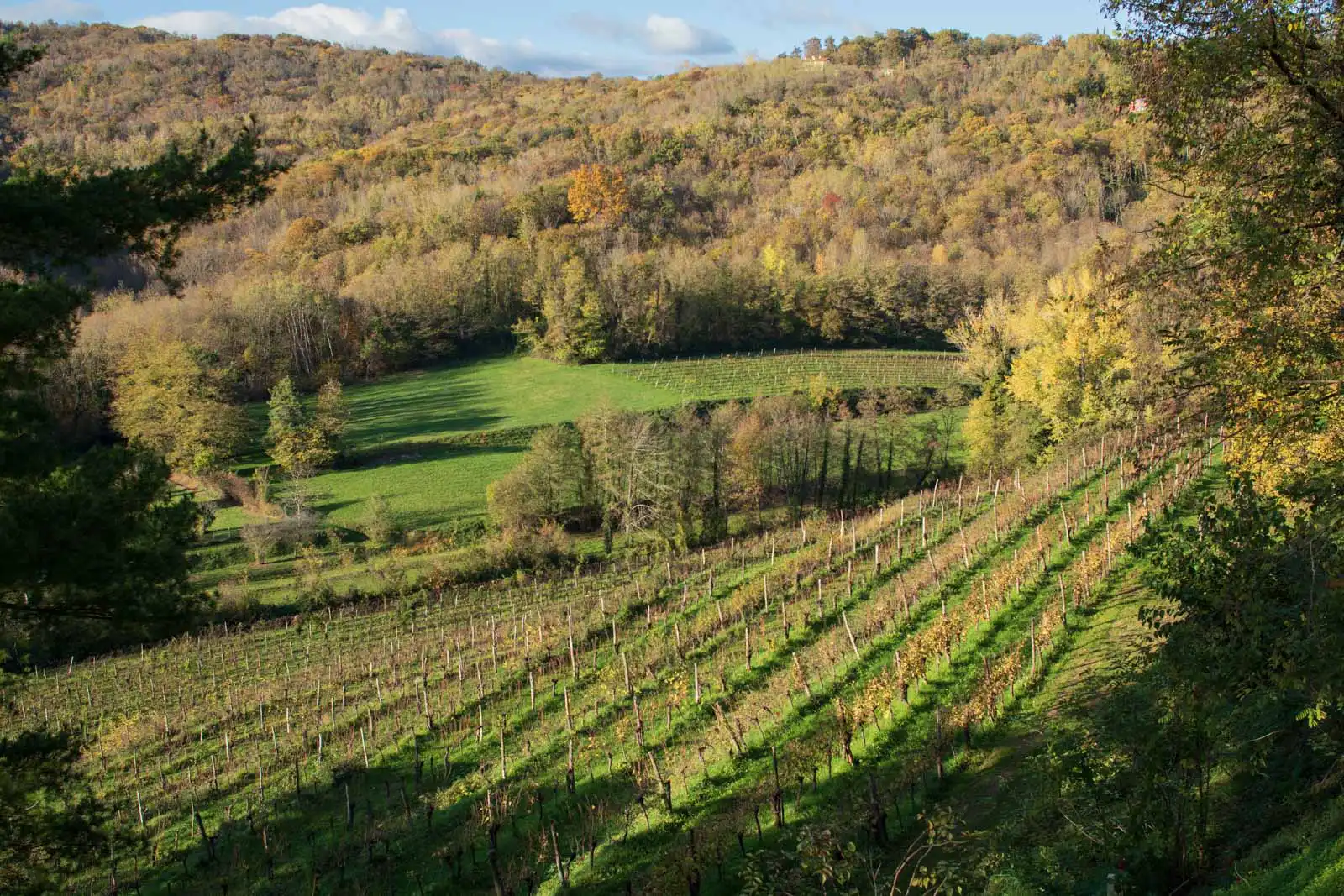
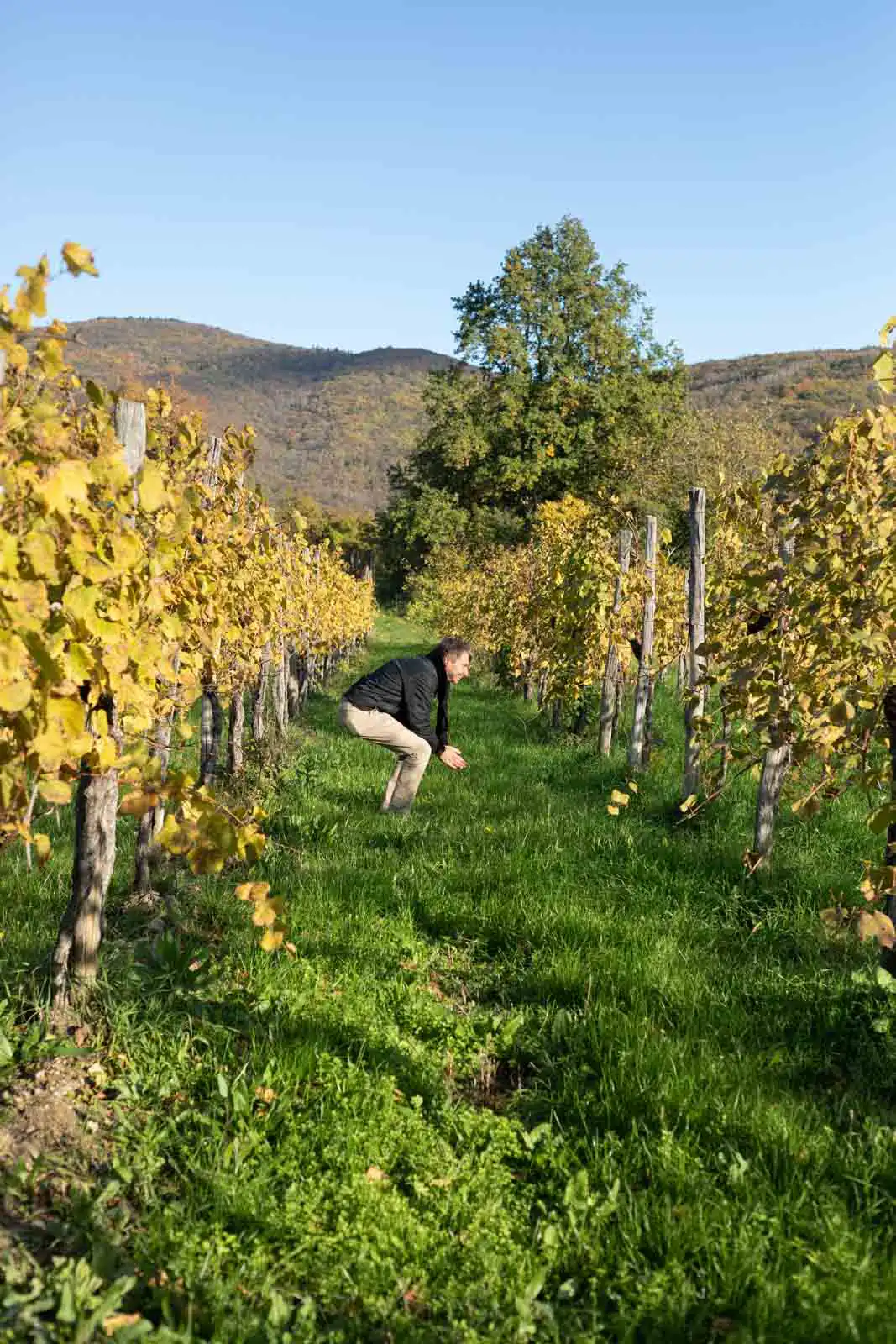
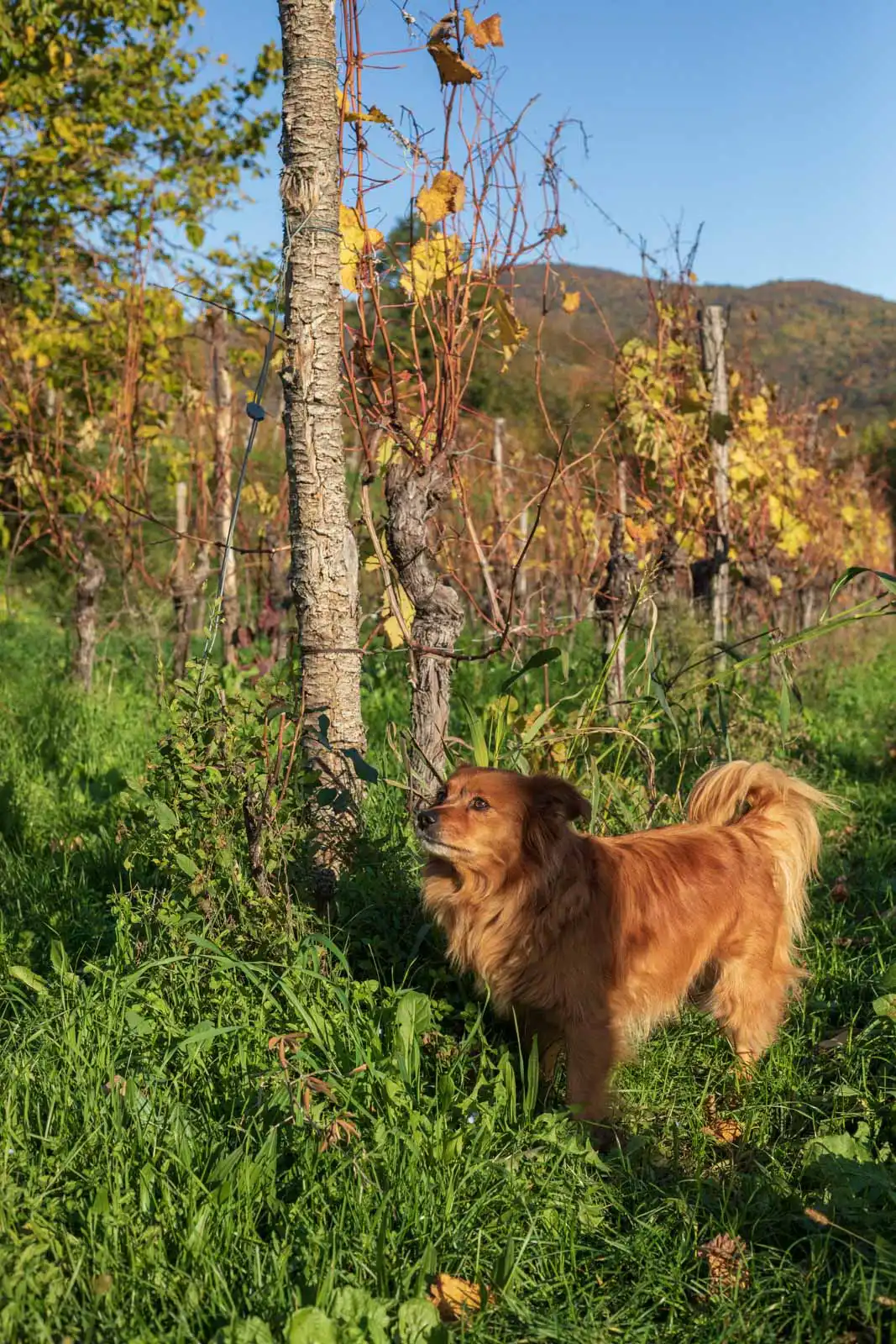
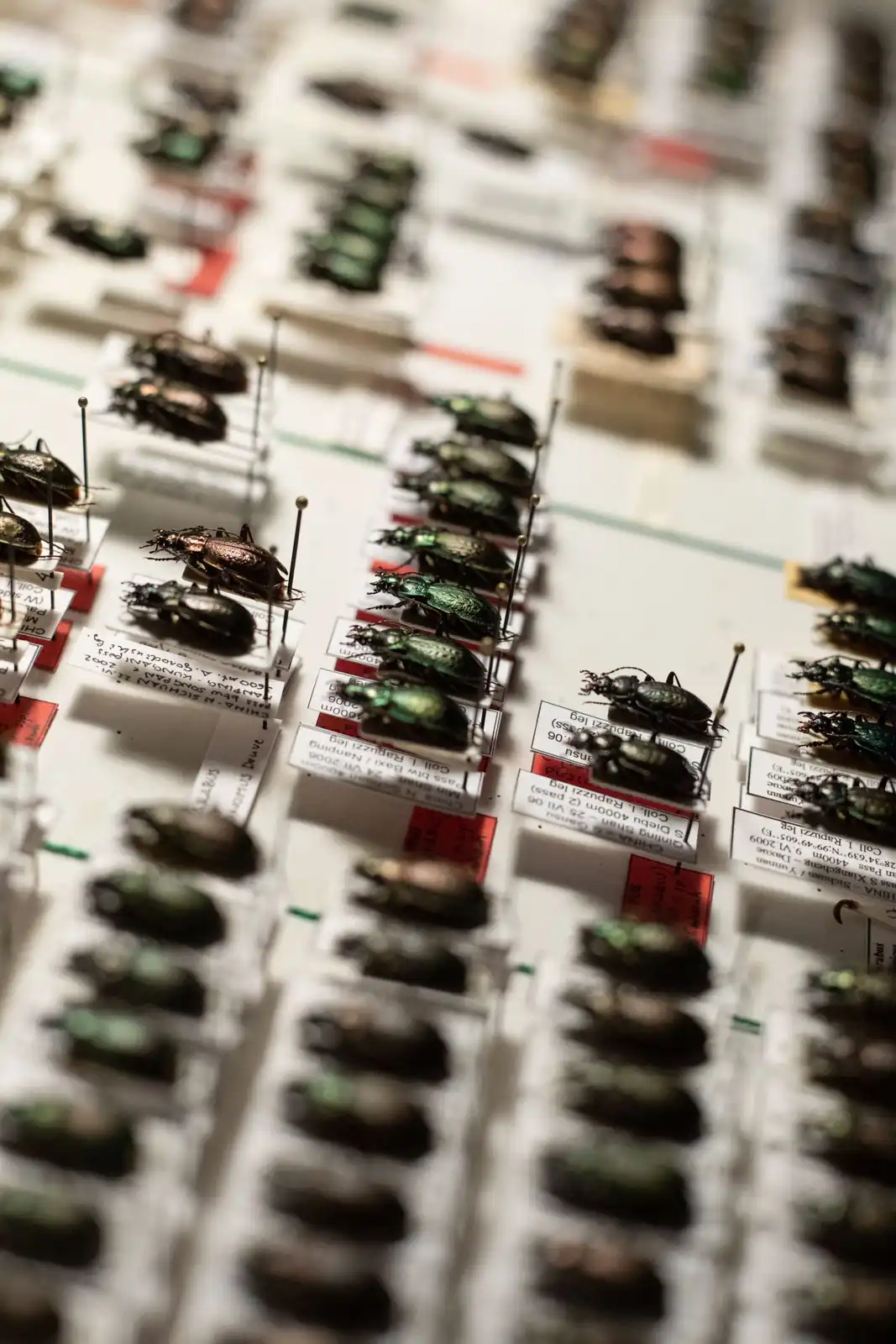
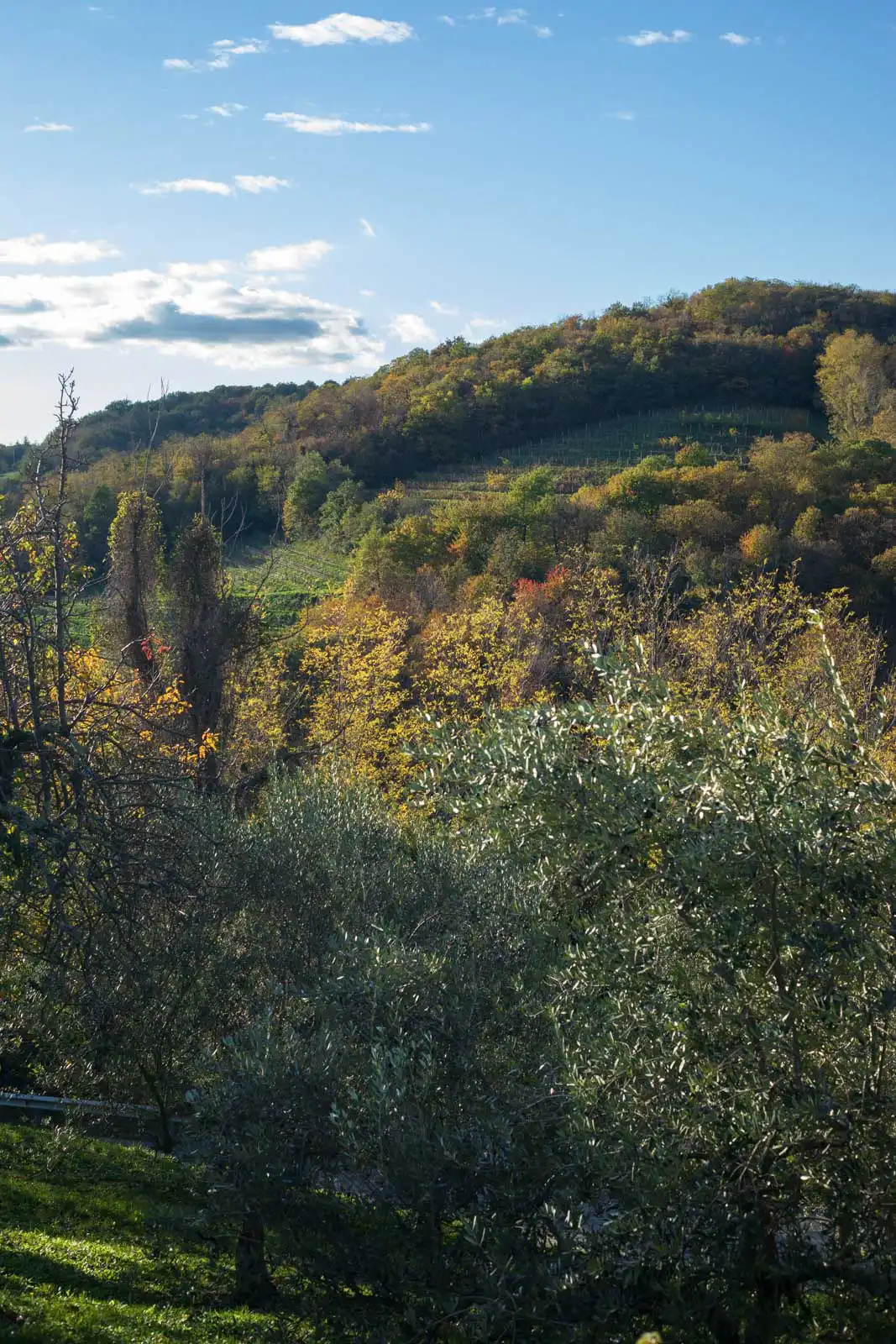

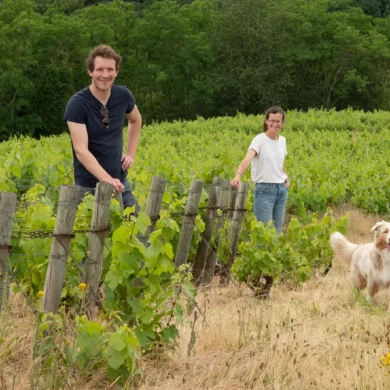
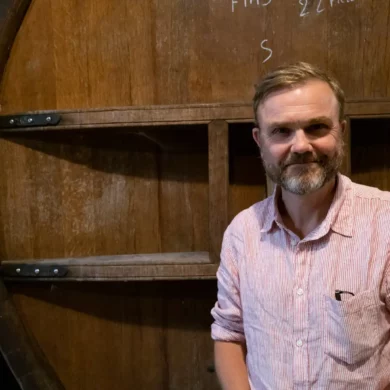
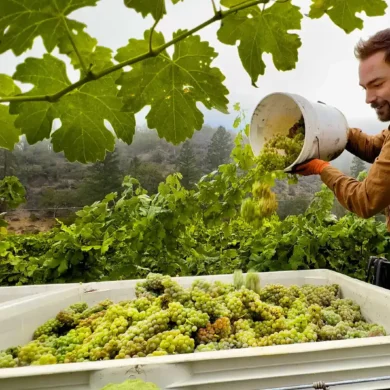
Kevin,
What a truly excellent article! Well written, very informative, so interesting and important. I’m wondering how many hours you spent at the estate to gather your information.